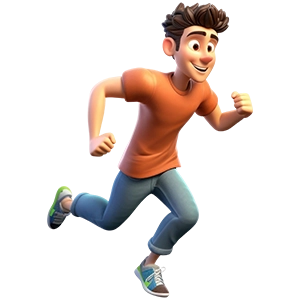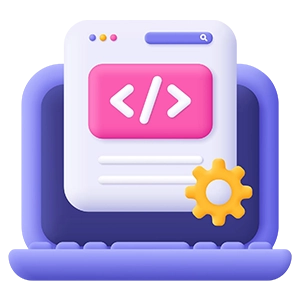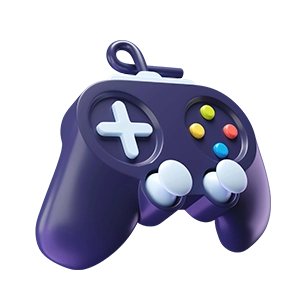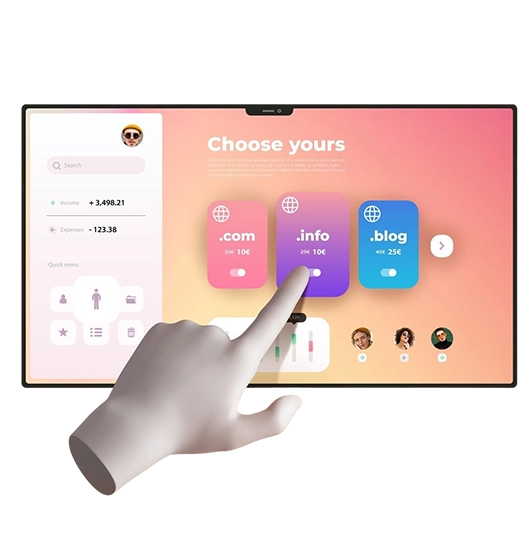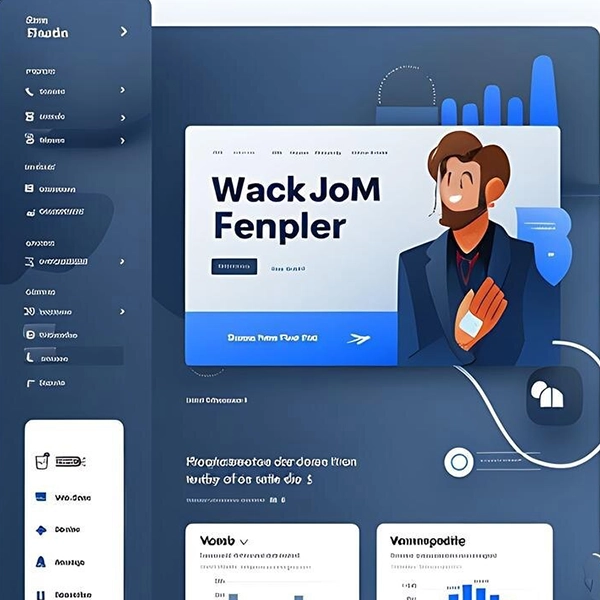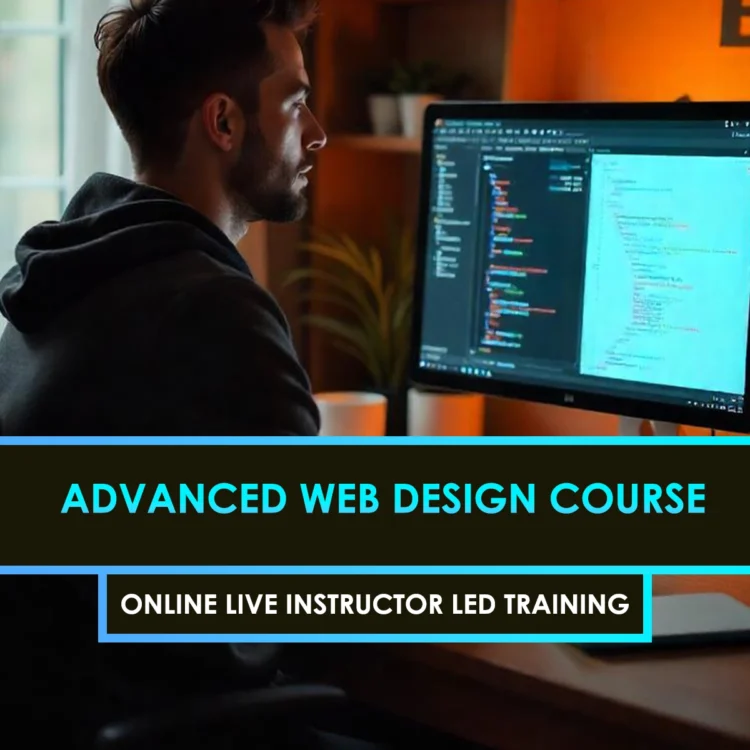Curriculum
- 9 Sections
- 27 Lessons
- 10 Weeks
Expand all sectionsCollapse all sections
- Introduction to UI/UX DesignIntroduction to UI/UX Design provides a foundational understanding of user interface and user experience design, covering the principles of creating visually appealing, user-centered designs that prioritize usability, functionality, and overall user satisfaction.3
- Web Design FundamentalsWeb Design Fundamentals covers the essential principles of designing websites, including layout, color theory, typography, and user navigation, ensuring a seamless, aesthetically pleasing, and functional web experience across all devices.3
- UI Design Best PracticesUI Design Best Practices focus on creating visually appealing and user-friendly interfaces through effective use of color, typography, layout, consistency, and intuitive navigation to enhance the overall user experience and interaction.UI Design Best Practices focus on creating visually appealing and user-friendly interfaces through effective use of color, typography, layout, consistency, and intuitive navigation to enhance the overall user experience and interaction.3
- UX Design FundamentalsUX Design Fundamentals covers the core principles of user experience design, including user research, creating personas, mapping user journeys, and crafting intuitive interfaces that prioritize the needs and behaviors of the target audience3
- Responsive Web DesignResponsive Web Design focuses on creating websites that adapt seamlessly to various screen sizes and devices, ensuring an optimal user experience across desktop, tablet, and mobile platforms through techniques like media queries and flexible grids.3
- Tools for UI/UX DesignTools for UI/UX Design introduces essential design software like Figma, Adobe XD, and Sketch, teaching you how to create wireframes, prototypes, and high-fidelity designs for modern, user-centered websites and applications.3
- Usability Testing and FeedbackUsability Testing and Feedback teaches you how to conduct tests with real users to identify design flaws, gather insights, and iterate on your designs to improve user experience and ensure the final product meets user needs.3
- Collaboration and Design HandoffCollaboration and Design Handoff focuses on working effectively with developers and stakeholders, using design systems, and utilizing tools for seamless handoff to ensure that your UI/UX designs are accurately implemented in the final product.3
- Course Recap and Final ProjectThe Course Recap and Final Project allows you to apply UI/UX design principles to create a responsive, user-centered website, showcasing your skills with tools like Figma and Adobe XD.3
The UI/UX Design for Web Online Course teaches you how to design visually appealing, user-friendly, and responsive websites by focusing on both user interface (UI) and user experience (UX) principles, ensuring an optimized web experience.
This course is ideal for aspiring web designers, UX/UI designers, front-end developers, or anyone looking to enhance their skills in creating intuitive, responsive, and modern web designs.
You will learn key design principles for both UI and UX, including wireframing, prototyping, responsive web design, usability testing, and using tools like Figma and Adobe XD for web design and prototyping.
No, this course is suitable for beginners as well as those with some prior knowledge of design. You will start with the basics and progressively learn more advanced techniques for web design.
You will learn to use popular design tools like Figma and Adobe XD, which are essential for wireframing, prototyping, and creating high-fidelity designs for modern, responsive websites.
Yes, the course includes practical exercises and a final project where you will apply your skills to create a responsive, user-centered web design, which will be added to your portfolio.
The course is designed to be self-paced, and the duration depends on your schedule, but it typically takes 6-8 weeks to complete, with weekly modules and assignments.
The final project involves creating a fully responsive website design that incorporates the UI/UX principles you’ve learned. You’ll also have the opportunity to test your design and refine it based on user feedback.
Yes, upon completing the course, you will receive a certificate that you can showcase on your resume or LinkedIn profile, proving your proficiency in UI/UX design for web.
By gaining a solid foundation in UI/UX design, you'll be prepared to create user-friendly websites that meet industry standards, improving your employability as a UI/UX designer or web developer.


